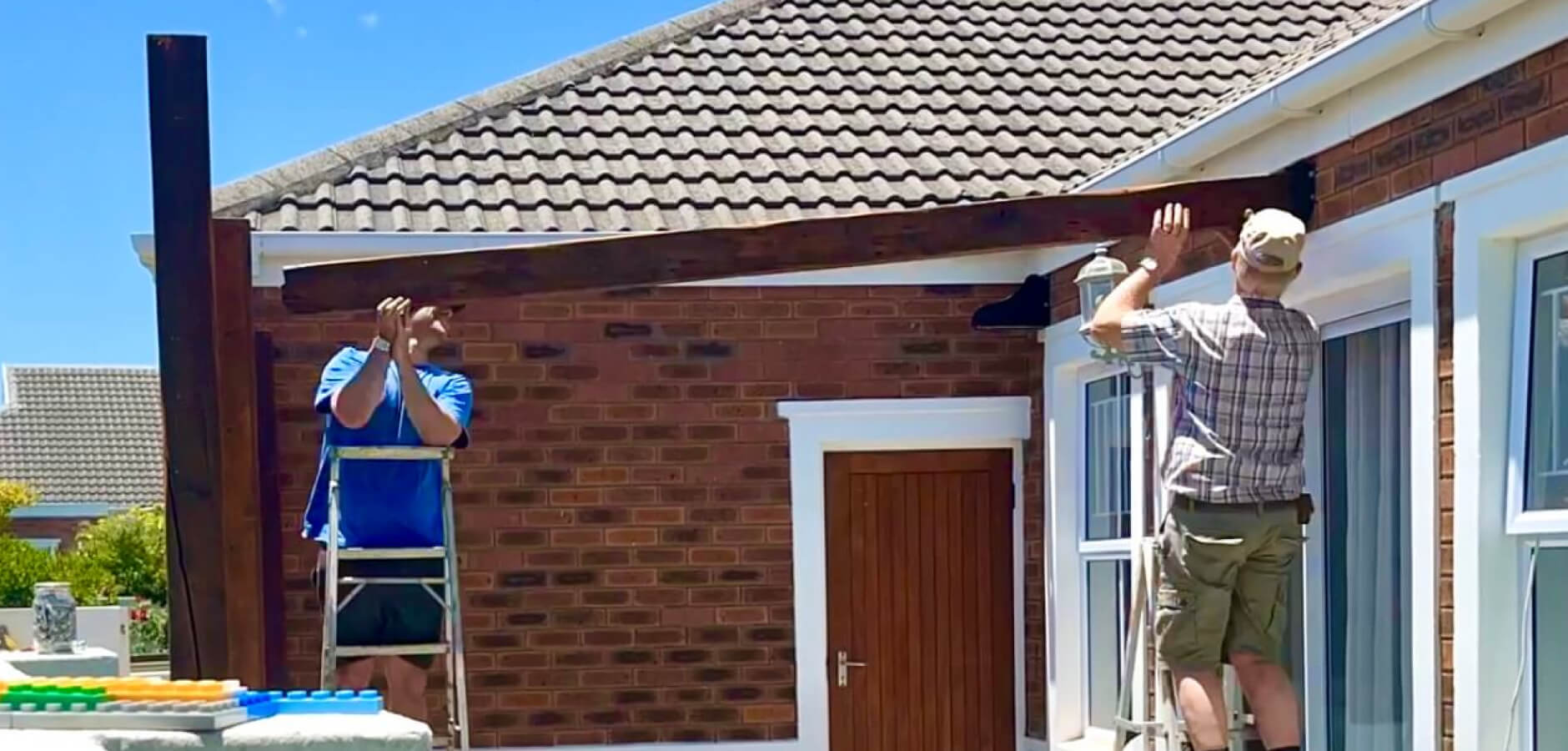It's too short.
These were the famous lasting words of my brother in law as he raised the pergola's cross beam to the post.
My stomach sank. I triple checked the lengths, yet, here we were stuck with beams too short to use. How did I make such a bad mistake?
To answer this question, let me back up a bit. This is what a typical pergola looks like.
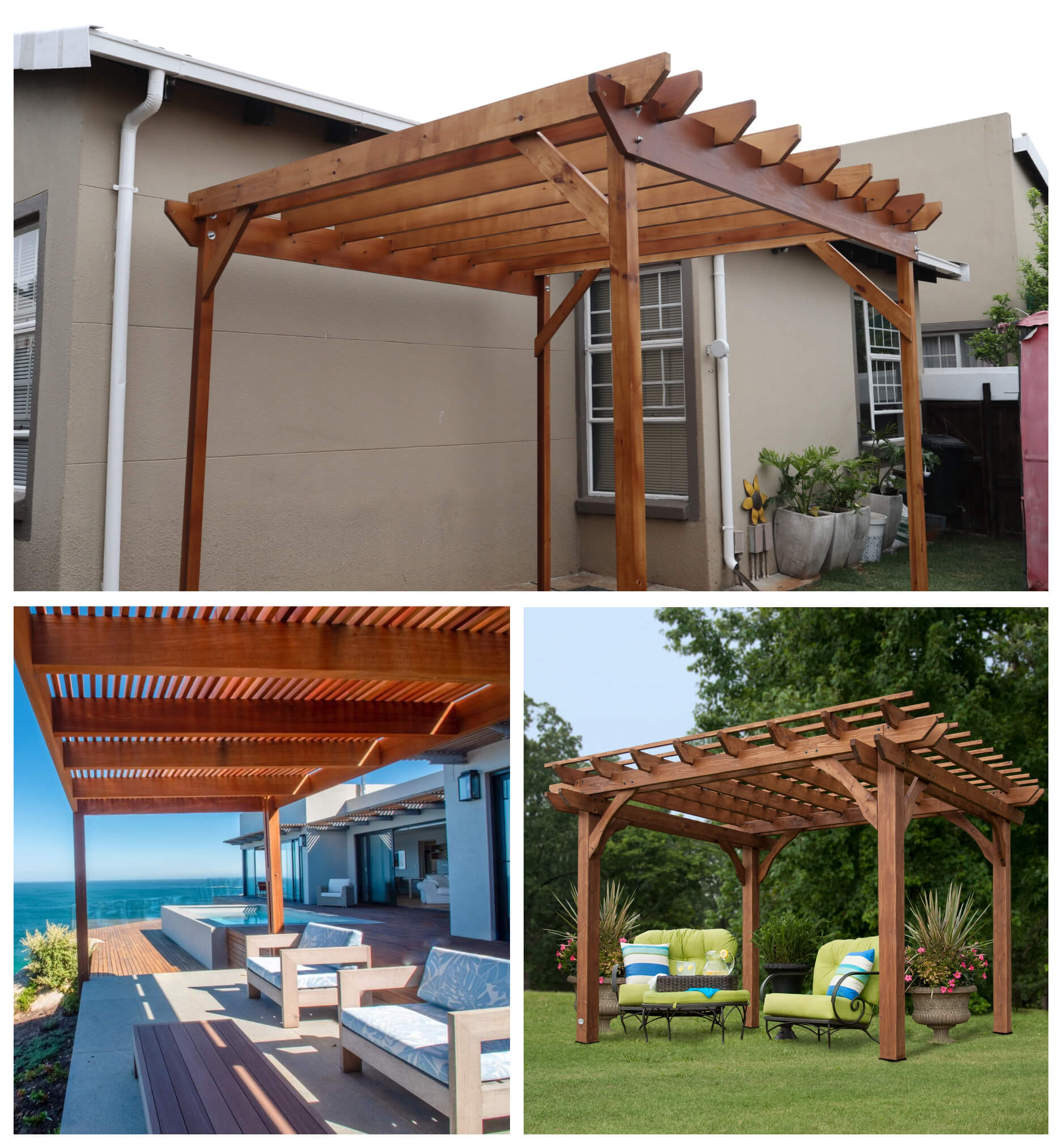
You'll notice that the cross beams for these pergolas are all fairly deep, primarily to provide structural support. As I planned the pergola, I noticed a similar pattern in our neighbourhood that matched my research, forming a clear picture in my head.
As I sought beams that would add more character to the pergola, I stumbled upon some Oregon pine beams from an old demolished building. The challenge, though, was that the deeper beams were too short to serve as cross beams, leading me to repurpose them as posts and opt for longer, squarish ones as cross beams.
A problem was brewing though: my mind stored a vivid picture of what a typical pergola looks like but the beams were in conflict with that picture.
When construction began, my dad and brother-in-law asked about the beams' placement. With confidence, I directed the deeper beams to be used as cross beams and the squarish ones as posts, following the picture in my mind, but not as intended. And, without questioning it, they trusted my judgment, and we continued to cut them shorter.
It wasn’t until we began assembling the structure that it hit me – we had cut the wrong beams, and now they were too short.
How did I make such an obvious mistake? Initially, I chalked it up to fatigue from not taking much leave in 2023, but I knew deep down there was more to it. I started to reflect on some of the underlying processes of decision-making by paging through Daniel Kahneman’s, Thinking Fast and Slow.
In his book, Kahneman, a Nobel Prize-winning psychologist in Economic Sciences, demonstrates that our brain often relies on heuristics and biases for quick decision-making, a process he refers to as System 1 thinking.
Among these mental shortcuts is the 'representativeness heuristic'. This is when people quickly decide something based on how similar it looks to what they expect, without thinking deeply or looking at the actual facts. It obviously became strikingly relevant to me.
I couldn't rewind the clock, but I sure could learn from my mistake. Luckily, Kahneman has a way of boiling down his big ideas about decision-making into something pretty straightforward:
The best we can do is a compromise: learn to recognize situations in which mistakes are likely and try harder to avoid significant mistakes when the stakes are high.
And then he nails it down to this:
…it is easier to recognize other peoples mistakes.
That’s it. Decades of research on human decision making in 1 sentence: Surround yourself with people that can recognise looming mistakes and point them out. Unfortunately, in my case, this didn’t work very well, and I suspect it happened for 3 reasons:
- My brother in law had the same mental model I did
- My dad trusted me enough
- The pergola’s plan only lived in my mind
One of the key takeaways surfaced from this last point: not having a blueprint of the plan made it difficult for others to challenge my ideas. A visible, shared plan helps clarify thoughts and break through mental biases.
Ironically, in product design, I meticulously plan to avoid issues, yet mistakes still happen.
This leads to my second takeout: the dominant voice in our heads shapes our experiences. For me, it's the 'drill sergeant' voice striving for perfection and being hard on mistakes, like with the beam incident. Learning to recognize and manage this internal critic is key to enjoying my work.
The Self, on the other hand, plays a key role in maintaining balance. It is compassionate, curious, calm and clear. It is a confident leader and often reminds me that there’s zero value in beating myself up for mistakes I make.
In this video, Richard Schwartz, the creator of Internal Family Systems (IFS), simply explains these various 'parts' within us, each with its unique role and function.
This blend of my own realizations and Schwartz's theories helped me approach the rest of the pergola project with lightness and a sense of humor.
It enabled me to create a space that I love and am proud of. Like our waterfall, the pergola has inspired activity that would not have existed before. It became a space where we can eat together, work, play boardgames and have coffee with friends. It sparked life.
Here are some photos showing the Viljoen pergola's transformation – from the initial stages, through the progress, to the final outcome.
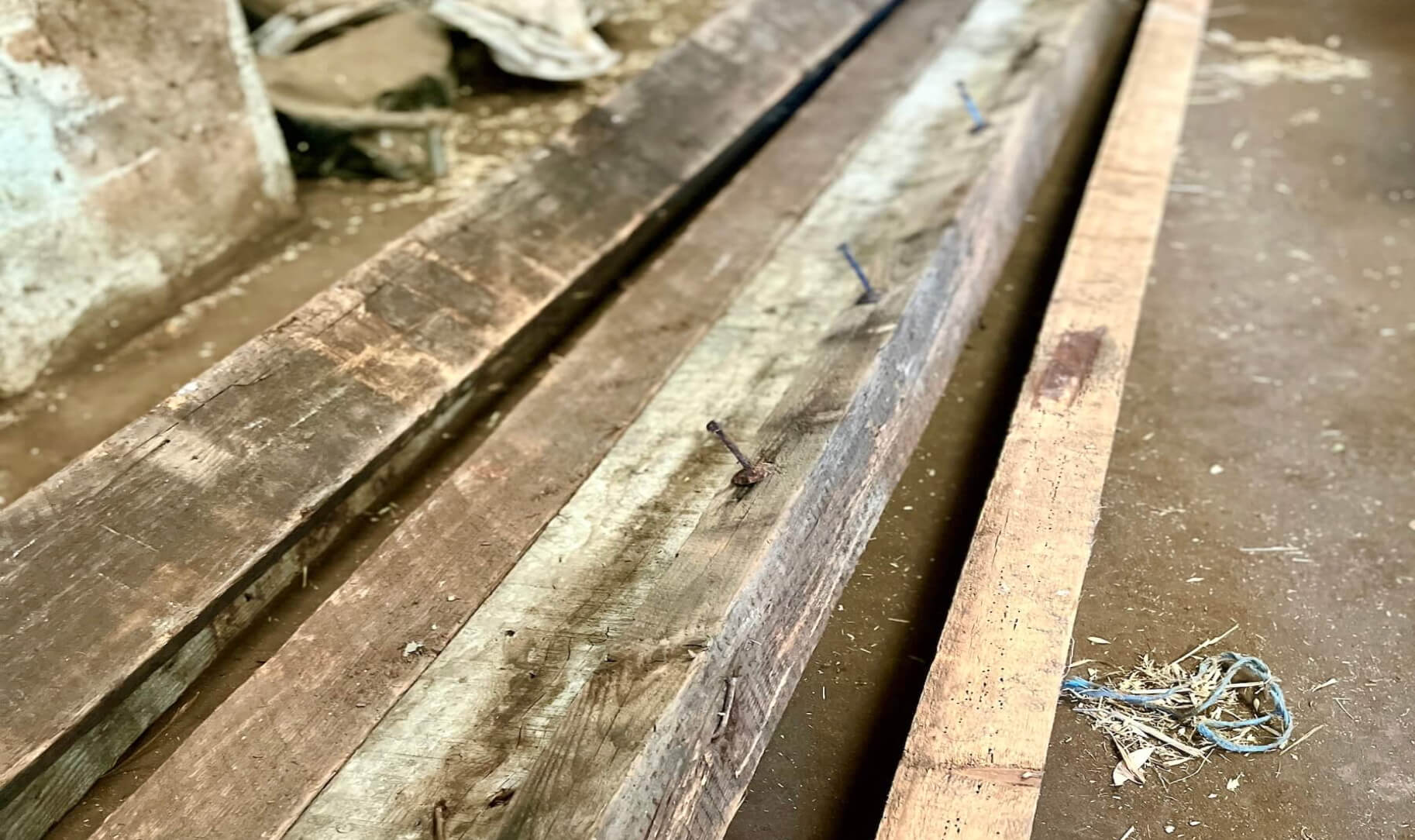
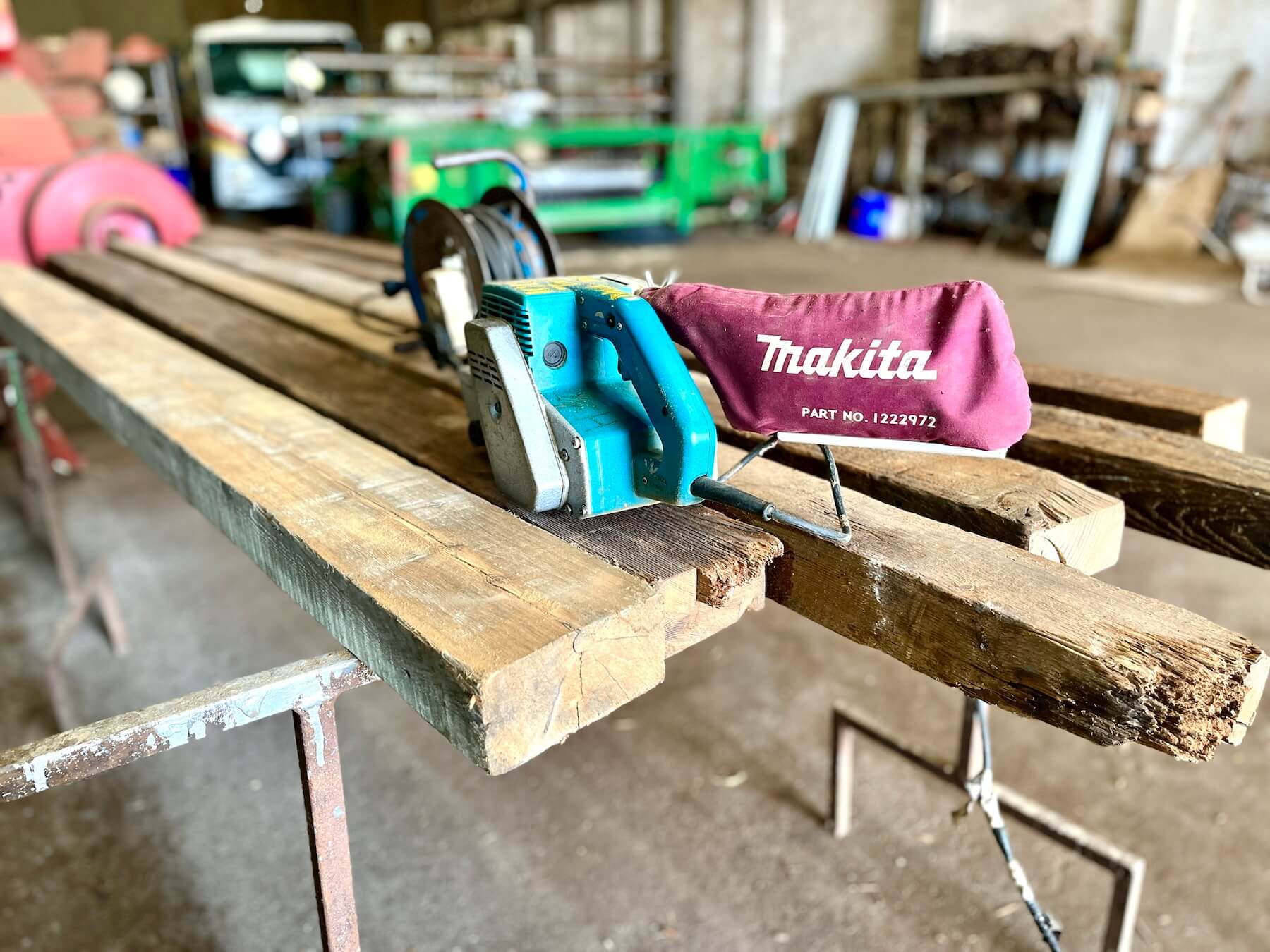
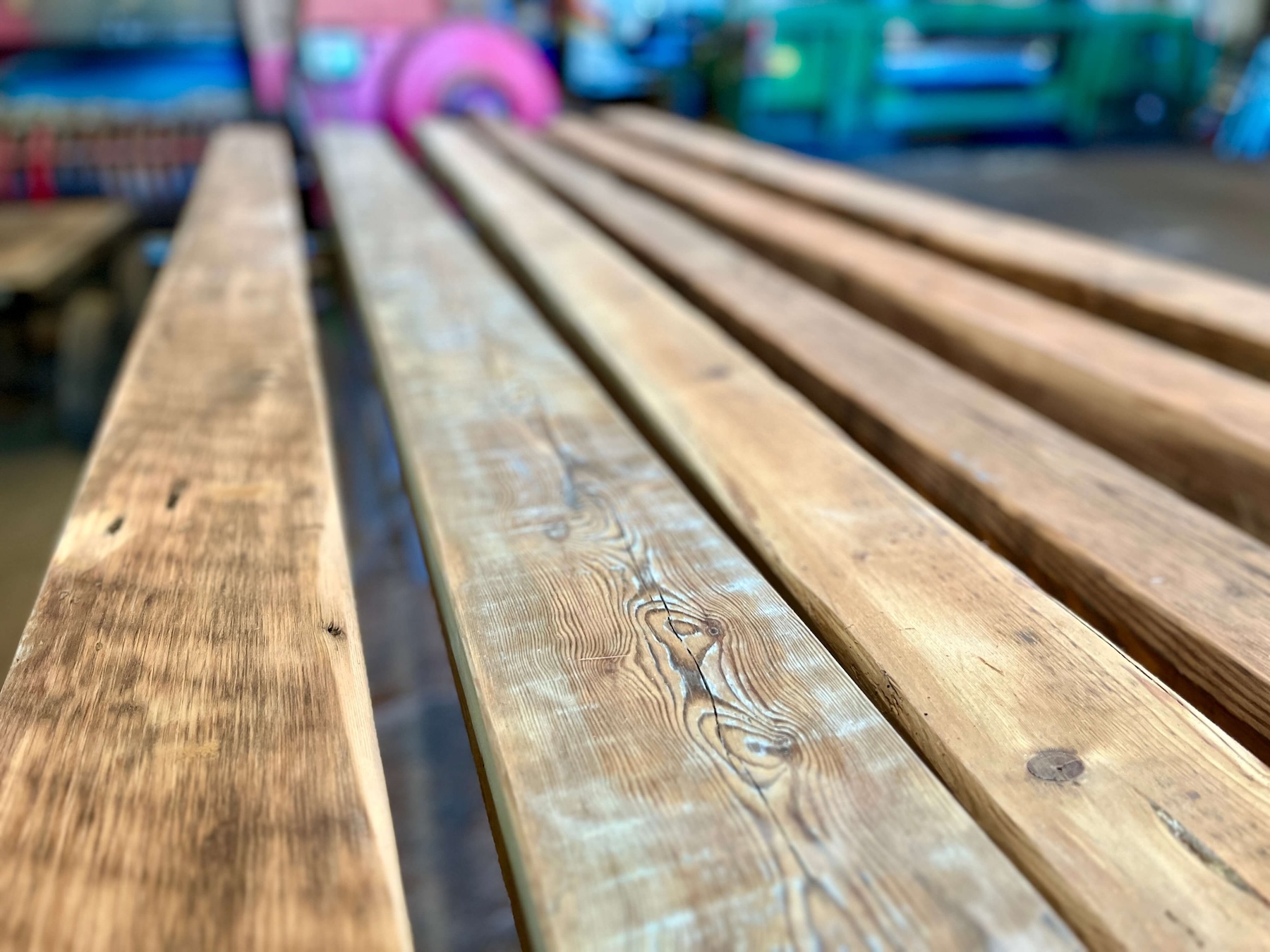



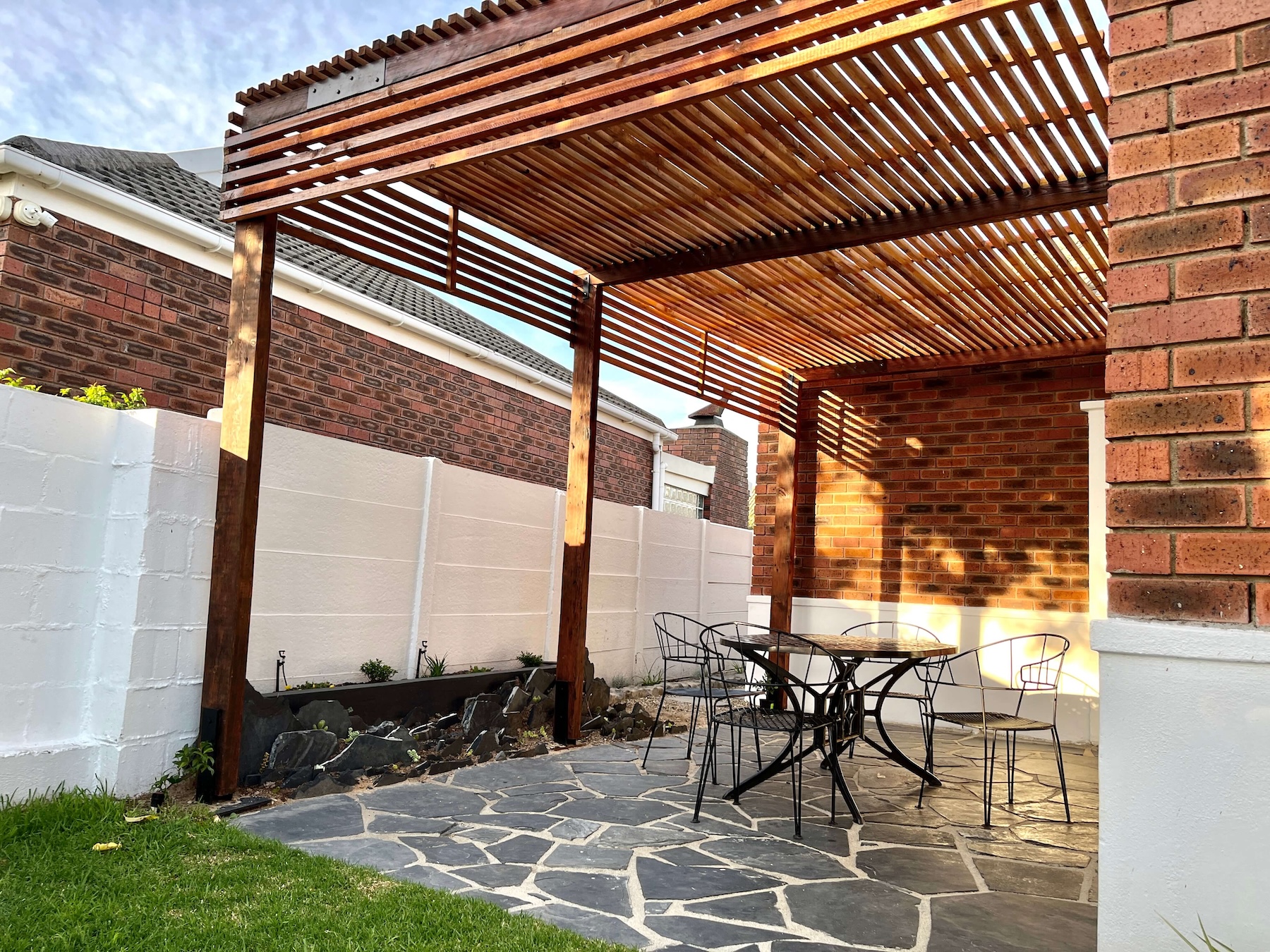
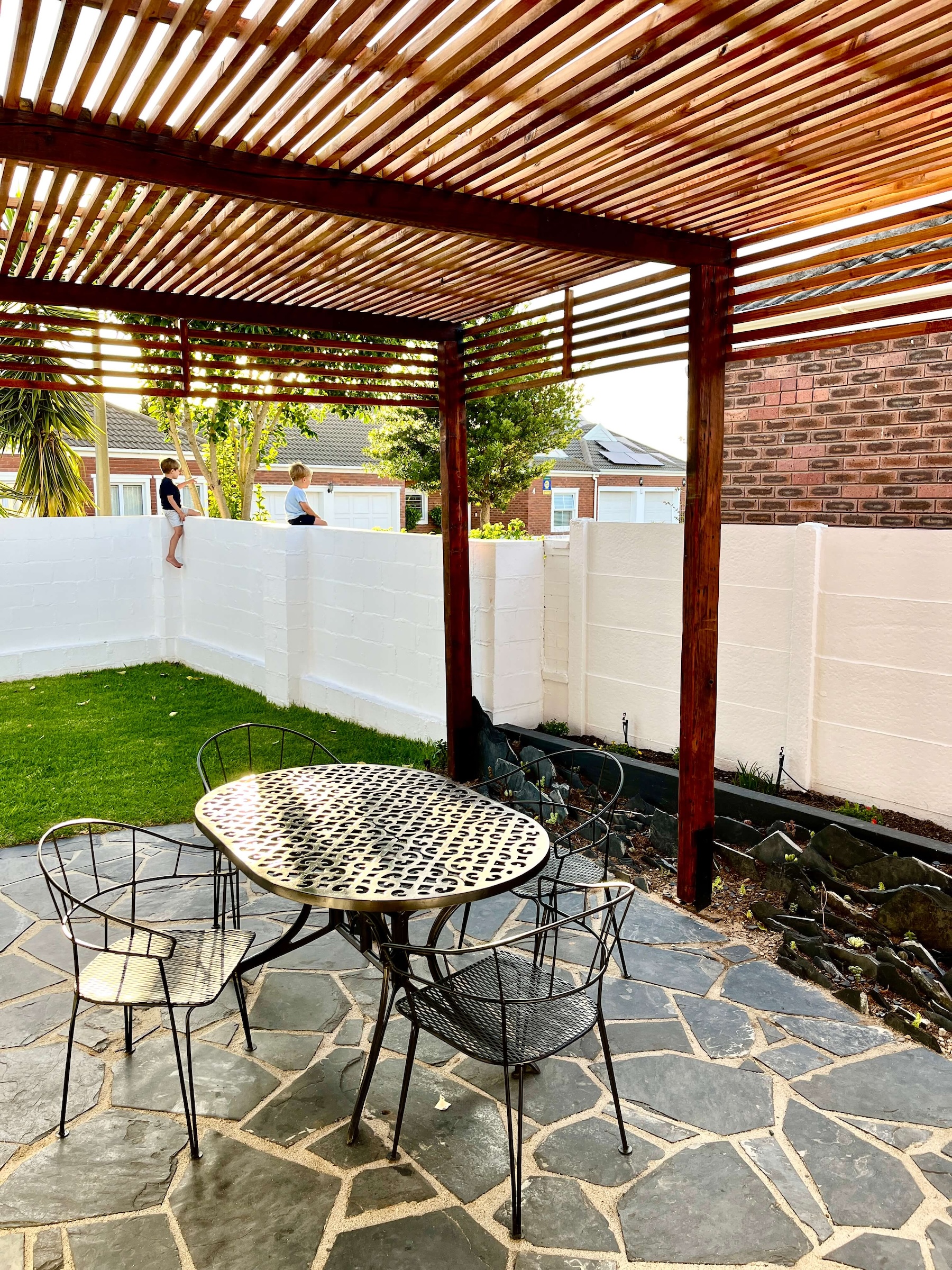
After acknowledging the mistake with the beams, my dad offered a simple piece of wisdom: 'Problems are okay, as long as we don't run out of plans.' So what plan did we come up with to fix the beams? Well, we simply joined them with steel again and painted them brown...
To my wife, dad and brother in law, thanks for your patience, love and what we created together.
